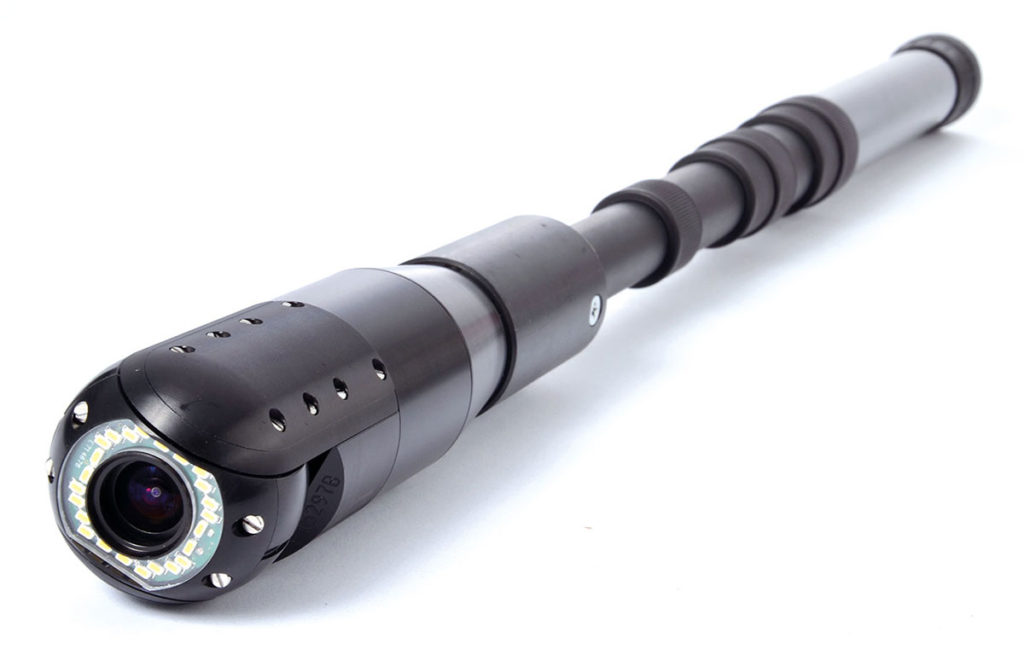If you’re a homeowner, you’re probably already familiar with the concept of inspection cameras. A relatively recent application of modern camera technology, the inspection camera is able to provide an inspector with the ability to visually inspect in real-time things like drains from within by introducing a digital camera. Probably something you’re less familiar with are the inspection cameras commercial applications such as on building sites, by law enforcement, by utility companies, and for industrial applications. The problems with drains and pipes is, once they’re buried in the ground (or even encased in concrete), it’s often not economically or even physically possible to access them when there is a problem.
An example of a manufacturer and supplier of visual inspection equipment is VisioProbe, a company based in Montbrison, France and Paris. They have a very wide range of equipment such as a remote inspection camera and a radiation tolerant camera.

Image you’re Her Majesty’s Custom and Excise working at Dover and a suspicious lorry pulls up. A small camera on a pole which can view small areas would be an invaluable in helping to outsmart a drug trafficker hell bent on getting their illicit cargo into the UK. These inspection cameras can Pan & Tilt for 360° view, are tough and lightweight, have a long vbattery life, are lightweight being on carbon fibre telescopic poles, are compact and easy to setup & use, and allow photo and video recording which can be used in court to present the evidence. From their website: “[inspection cameras can] inspect containers, loads, look for suspicious items, explosives, weapons, packs, control trucks, boats, ceilings, cavities. VISIOPROBE pole camera combined with a large range of fibre carbon folding poles provides you with 360° vision in any situation. Designed to meet operational requirements in the most extreme working conditions. Visioprobe pole camera is among the most compact, robust and light weight with high end image quality.”

